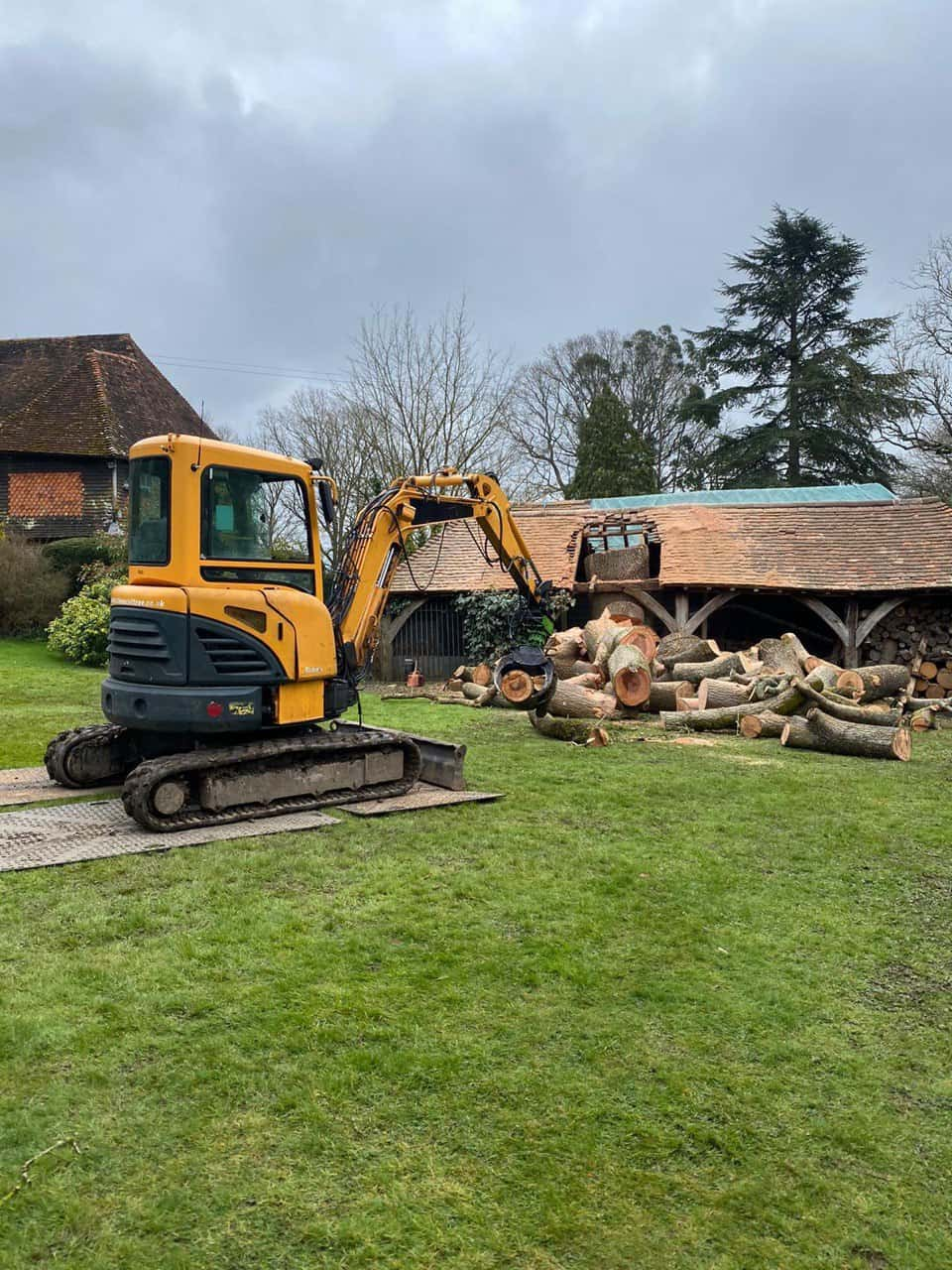Introduction: Tree surgery, often associated with the care and maintenance of trees, plays an unexpected but essential role in archaeology. As trees grow and mature, they can hide historical artefacts and features that lie beneath the surface. In this blog post, brought to you by Felixstowe Tree Surgeons, we will explore the intriguing intersection of tree surgery and archaeology, shedding light on how these two seemingly unrelated fields work together to unearth hidden stories of the past.
The Role of Trees in Archaeology
- Indicators of Hidden Features
Mature trees can serve as indicators of hidden archaeological features below the ground. Certain tree species, such as oaks and yews, have been associated with ancient sites and burial grounds. The presence of these trees may hint at the existence of historical structures or artefacts.
- Soil Disturbance
As tree roots grow and expand, they can disturb the soil, bringing buried artefacts closer to the surface. This process, known as “root heave,” has led to the accidental discovery of archaeological treasures when trees were removed or subjected to tree surgery.
- Preservation of Historical Artifacts
In some cases, trees have inadvertently preserved historical artefacts within their trunks. Objects such as nails, bullets, and even historical documents have been found embedded in tree bark. These unexpected discoveries provide valuable insights into the past.
Tree Surgery and Archaeological Investigations
- Site Assessment
It’s essential to conduct a thorough site assessment before conducting tree surgery, particularly in areas with historical significance. Archaeologists may be consulted to determine the potential presence of buried artefacts or features. This assessment helps protect historical resources during tree surgery.
- Root Protection
Preserving tree roots is crucial during tree surgery to safeguard any underlying archaeological remains. Arborists use specialised techniques to minimise root disturbance while performing necessary tree care. This delicate balance ensures that the tree and any archaeological features remain undisturbed.
- Collaboration with Archaeologists
Collaboration between tree surgeons and archaeologists becomes essential when significant archaeological finds are suspected or discovered during tree surgery. Archaeologists can excavate and document the findings while tree surgeons continue their work, allowing both fields to coexist harmoniously.
Case Study: The “War of the Roses” Tree
In 2013, a tree surgeon in England made a remarkable discovery while conducting routine tree surgery on a yew tree. He found a medieval longbow inside the tree’s hollow trunk, believed to date back to the “War of the Roses” in the 15th century. This find provided a fascinating glimpse into England’s history and the role trees can play in preserving artefacts.
Conclusion: The intersection of tree surgery and archaeology underscores the importance of careful consideration and collaboration when working in areas with historical significance. With their deep roots and long lifespans, trees have unknowingly preserved countless past stories. By working together, tree surgeons and archaeologists can ensure these hidden treasures are unearthed, allowing us to uncover and preserve the rich history beneath our feet.
Call us on: 01394 338 692
Click here to find out more about Felixstowe Tree Surgeons
Click here to complete our contact form and see how we can help with your tree’s needs.

